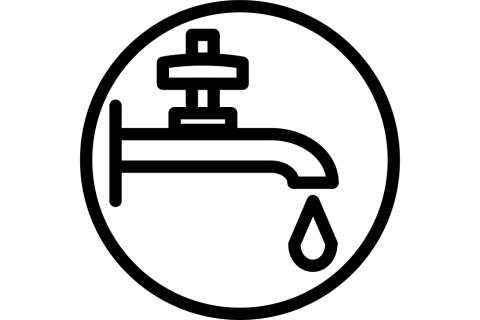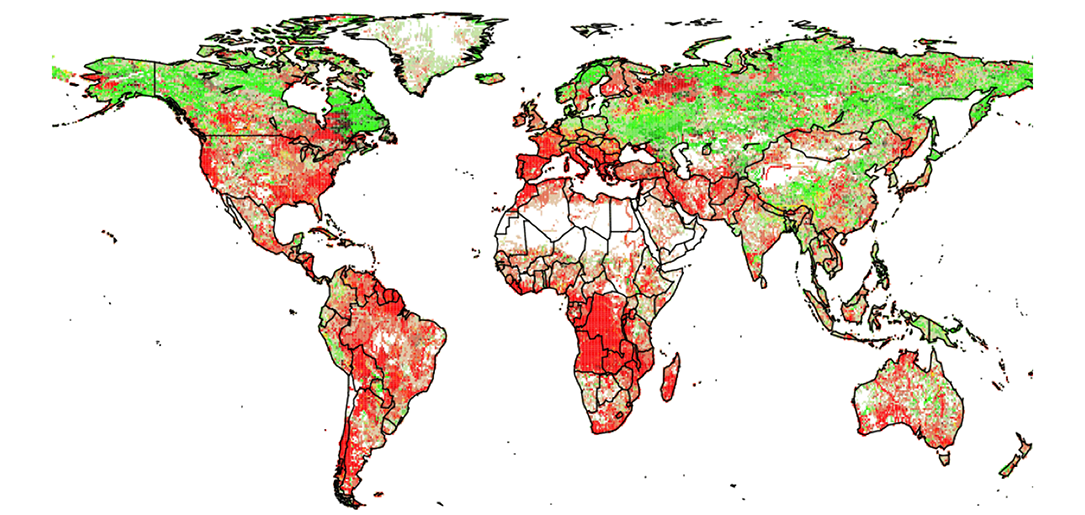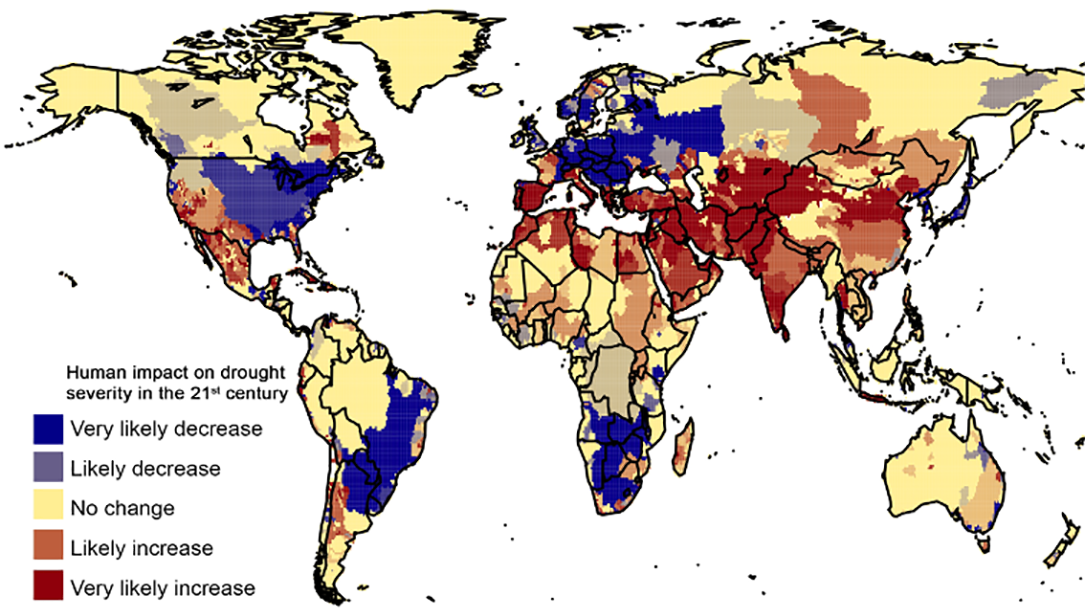Drought in deltas
In many deltas, droughts are projected to last longer and occur more frequently due to climate change and an increasing water demand. Delta populations are now facing the challenge to adapt to these changes which requires decision-making and robust policy making ahead of time. However, droughts are currently not a priority on policy agendas in countries with a temperate to wet climate since they sporadically occur every few years or decades and only cause economic damage.

What are droughts?
Droughts are natural phenomena, occurring in large areas (>100 km-2) and lasting between a month and multiple years. They are defined as periods in which an area experiences below-normal precipitation and therefore differ from areas with an all-year arid climate, such as deserts. Droughts are caused by precipitation deficit (‘meteorological drought’) which can gradually lead to decreases in soil moisture (‘agricultural drought’), and subsequently lower groundwater levels and surface water levels of rivers, streams and lakes (‘hydrological drought’).
Climate change as driver
Climate change is one of the biggest drivers of changes in drought events in deltas. While glacial melt water supply to many deltas worldwide has been declining with global temperature increase, evapotranspiration has increased as a result of increasing temperatures. Especially in the dry season, this results in a reduced water availability and therefore drought frequency and intensity are projected to increase in many deltas. Furthermore, high intensity precipitation events will likely become more frequent but cannot infiltrate into compact, dry soil and are more likely to create direct runoff into streams and lakes than replenish the soil during a drought.

Impacts of droughts are highly regional and often driven by the economic state of a delta
Impacts of droughts are highly regional and often driven by the economic state of a delta
, explains Niko Wanders, assistant professor of hydrological extremes. Droughts lead to freshwater shortage and therefore lower drinking water quality, reduced availability of cooling water for energy production, loss of harvests, and damage to nature, including an increased risk of forest fires and declines of fish populations. They also hamper navigation, accelerate land subsidence due to the shrinkage of peat layers (Storyline: Sinking deltas), and cause saltwater intrusion which poses a problem for agriculture and drinking water supply. In extremely vulnerable deltas, droughts can result in shortage of drinking water, famine, and international conflicts.
Human impact
Droughts are exacerbated in deltas whose current water management strategy is designed to mitigate flooding by rapidly draining excess rainwater (Storyline: Flood risk management). Moreover, droughts are driven by local water demands. In many deltas human impact on drought severity will likely increase, mainly due to expansion of agricultural land use and related intensification of groundwater extraction.

Prevention of droughts
To prevent droughts and freshwater shortages, delta populations have increasingly been managing and storing water at a large scale. Water can be stored in reservoirs and other inland surface waters, such as streams, rivers and lakes. Additionally, water that infiltrates the soil is stored as groundwater which can be increased through, for example, reducing the paved surface to promote rainwater infiltration instead of rapid discharge via the sewage system (Storyline: Spatial adaptation in deltas). Further adaptation strategies concentrate on decreasing the demand and waste of water e.g. through precision irrigation, land-use changes and water reuse.

